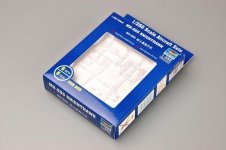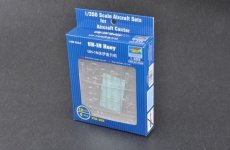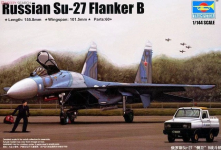Academy 12606 SEPECAT JAGUAR 1/144
Plastikowy model do sklejania. Nie zawiera kleju ani farb.
Jaguar jest efektem joint-venture angielsko-francuskiego zawiązanego w 1965 r. w celu budowy samolotu zaawansowanego szkolenia - szturmowego. RAF wstępnie planowało wykorzystać go tylko do celów szkolnych, lecz w latach późniejszych przeznaczono go także do zadań szturmowych. Na początku lat 60 Siły Powietrzne Francji poszukiwało nowego samolotu mającego zastąpić wysłużone samoloty treningowe T-33 i Fouga Magister oraz szturmowy Mystere IV. W kwietniu 1964 rozpoczęto projektowanie nowej konstrukcji nazwanej wstępnie ECAT. Do dalszego etapu przeszedł projekt Br 121 firmy Breguet. Wówczas to programem zainteresował się RAF, gdyż potrzebował on samolotu szkolnego o podobnych charakterystykach. 17 maja 1965 r. podpisano porozumienie o wspólnej produkcji pomiędzy Francją (Breguet) i Wielką Brytanią (British Aerospace). Zawiązaną firmę joint - venture nazwano SEPECAT. Pierwszy prototyp oderwał się od ziemi 8 września 1968 r. Problemy kooperacyjne spowodowały opóźnienia, co spowodowało opóźnienie w wejściu do służby. Pierwsze egzemplarze rozpoczęto wprowadzać w 1972 r. Program samolotu szkolnego przekształcono w samolot szturmowy. Wersje angielska i francuska różnią się kilkoma mało istotnymi elementami, głównie pomniejszymi elementami wyposażenia produkcji danego kraju. Zbudowano 573 maszyny. 403 dla Anglii / Francji, 54 dla Omanu / Ekwadoru / Nigerii, 116 dla Indii (70 wyprodukowano na licencji). Jaguar uzbrojony jest w dwa stałe jednolufowe działka ADEN kal 30 mm na spodzie kadłuba. Na czterech pylonach podskrzydłowych, jednym podkadłubowym może przenosić: bomby kasetowe (Belouga, BL.755); bomby klasyczne (EU3, 454 kg); bomby z opóźnionym spadaniem; bomby do niszczenia pasów startowych (Durandal, BAP.100); bomby naprowadzane laserowo (GBU-10A, BGL.400); rakiety powietrze/ziemia; kierowane przeciwokrętowe Sea Eagle; anty radarowe ARMAT lub ALARM (powietrze/ziemia AS-30L); rakiety powietrze/ziemia niekierowane; bomby nuklearne AN52. Dodatkowo do samoobrony Jaguar może być uzbrojony w rakiety powietrze - powietrze AIM-9 Sidewinder lub Matra R.550 Magic lub zasobniki zakłócające na dwóch pylonach nad skrzydłowych. Kadłub Jaguara jest wydłużony z dużym skośnym usterzeniem ogonowym. Wloty do dwóch silników odrzutowych o obrysie prostokątnym. Skrzydła w układzie górnopłata. Zespoły podwozia dwukołowe. Dane techniczne (wersja SEPECAT Jaguar A): długość: 16,83m, rozpiętość skrzydeł: 8,68m, wysokość: 4,89m, prędkość maksymalna: 1700km/h, prędkość wznoszenia: 101,6m/s, zasięg maksymalny: 3524km, pułap maksymalny 14000m.
The Jaguar is the result of an Anglo-French joint venture formed in 1965 to build an advanced training - assault aircraft. The RAF initially planned to use it only for training purposes, but in later years it was also intended for assault tasks. In the early 1960s, the French Air Force was looking for a new aircraft to replace the worn-out T-33 and Fouga Magister training aircraft and the Mystere IV assault aircraft. In April 1964, design of a new design tentatively named ECAT began. Breguet's Br 121 design moved on to the next stage. The RAF then became interested in the program, as it needed a trainer aircraft with similar characteristics. On May 17, 1965, a joint production agreement was signed between France (Breguet) and the United Kingdom (British Aerospace). The joint - venture company formed was named SEPECAT. The first prototype took off on September 8, 1968.Cooperative problems caused delays, resulting in a delay in entering service. The first examples began to be introduced in 1972.The trainer aircraft program was transformed into an attack aircraft. The English and French versions differ in a few minor elements, mainly minor items of the country's production equipment. 573 machines were built. 403 for England / France, 54 for Oman / Ecuador / Nigeria, 116 for India (70 were produced under license). The Jaguar is armed with two fixed single-barrel ADEN cal 30mm cannons on the underside of the fuselage. On four under-wing pylons, one under-fuselage pylon, it can carry: cluster bombs (Belouga, BL.755); conventional bombs (EU3, 454 kg); delayed-fall bombs; runway destruction bombs (Durandal, BAP.100 ); laser-guided bombs (GBU-10A, BGL.400); air-to-ground missiles; Sea Eagle guided anti-ship missiles; anti-radar ARMAT or ALARM (air-to-ground AS-30L); unguided air-to-ground missiles; AN52 nuclear bombs. In addition, for self-defense, the Jaguar can be armed with AIM-9 Sidewinder or Matra R.550 Magic air-to-air missiles or disruptor trays on two over-wing pylons. The Jaguar's fuselage is elongated with a large slanted tail tailplane. The intakes for the two jet engines are rectangular in outline. The wings in an upper-wing configuration. Two-wheel landing gear assemblies. Technical data (SEPECAT Jaguar A version): length: 16.83m, wingspan: 8.68m, height: 4.89m, top speed: 1700km/h, climb speed: 101.6m/s, maximum range: 3524km, maximum ceiling: 14000m.












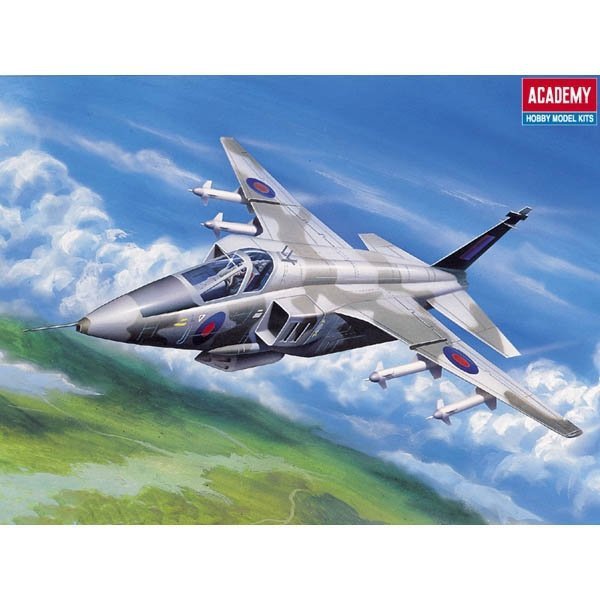
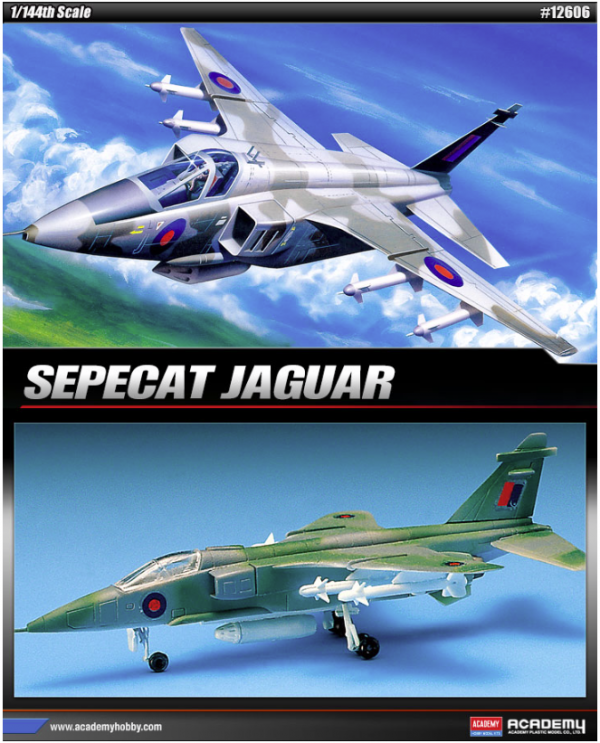
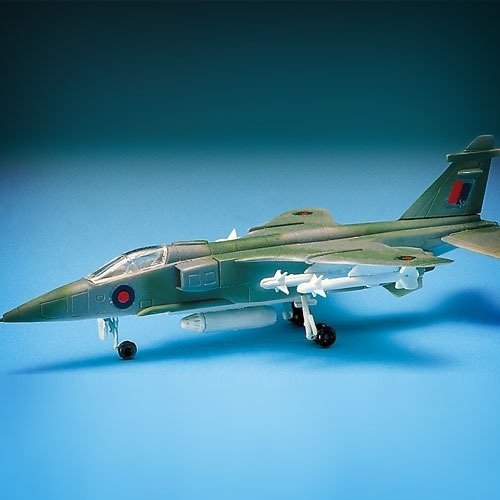
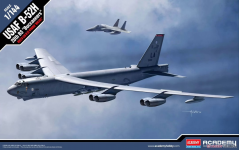
 36 szt.
36 szt.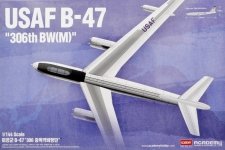



 3 szt.
3 szt.
 1 szt.
1 szt.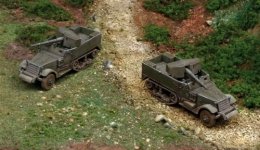
 2 szt.
2 szt.